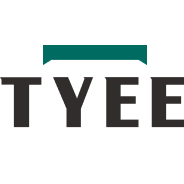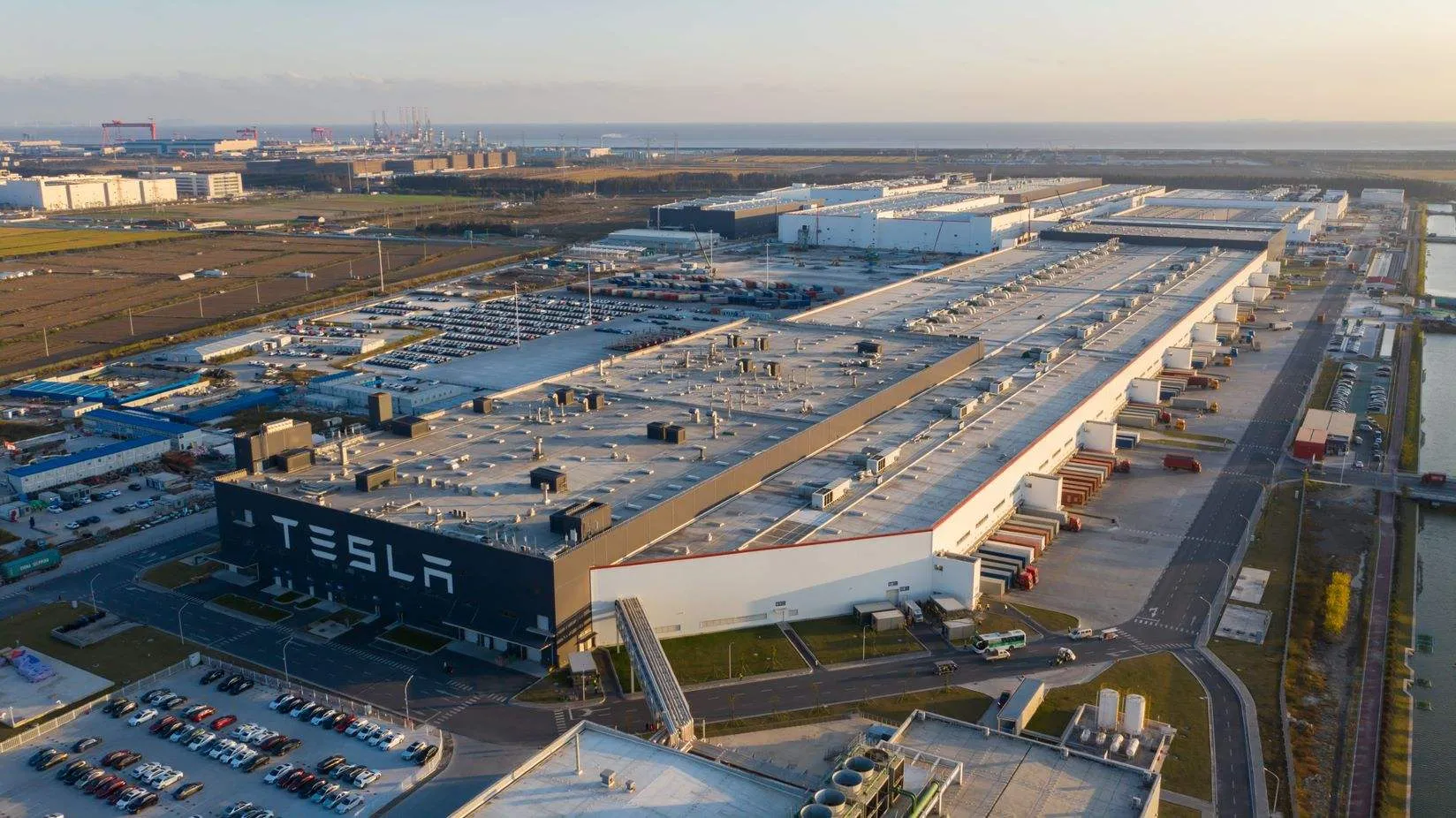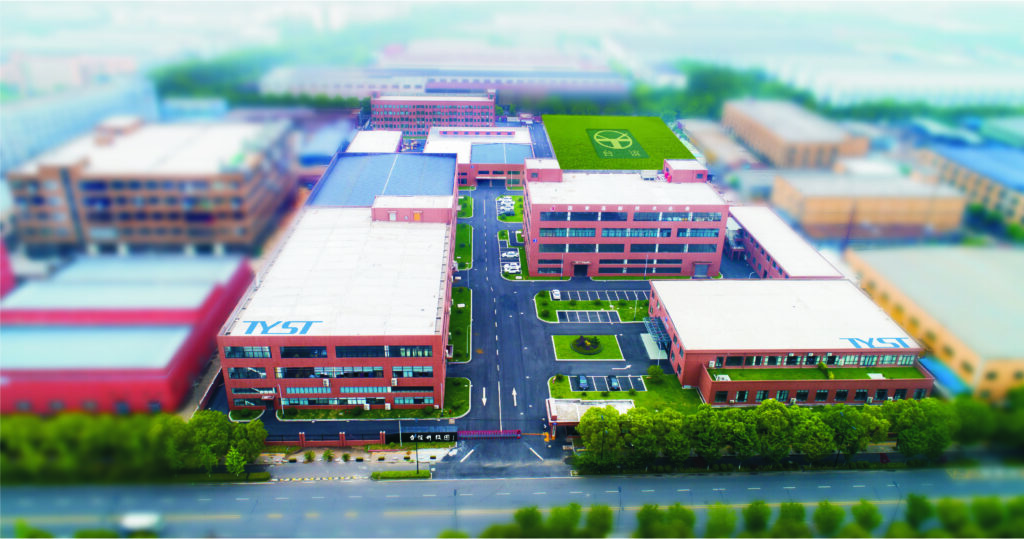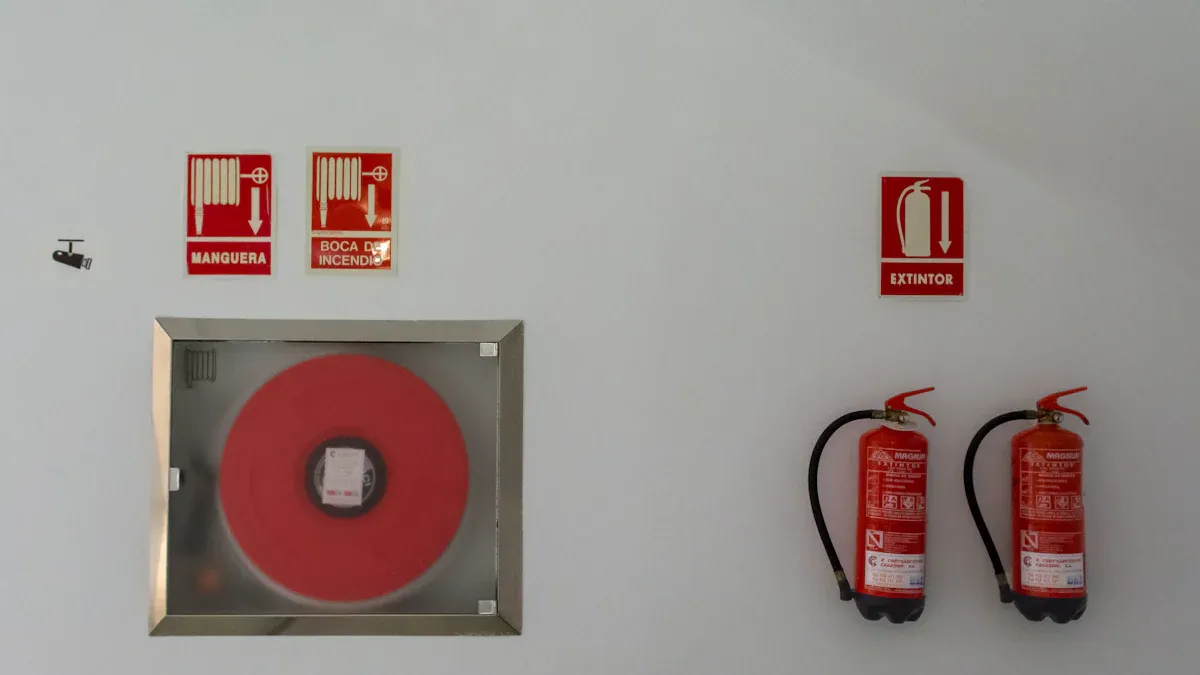
Modular fire alarm systems make buildings safer. Their design helps with future upgrades and easy growth. Facility managers like modular fire alarm systems. These systems can change as buildings or technology change. Commercial and industrial buildings use them the most. About 52% of commercial spaces have smart alarm systems. These alarms connect to a main monitoring center.
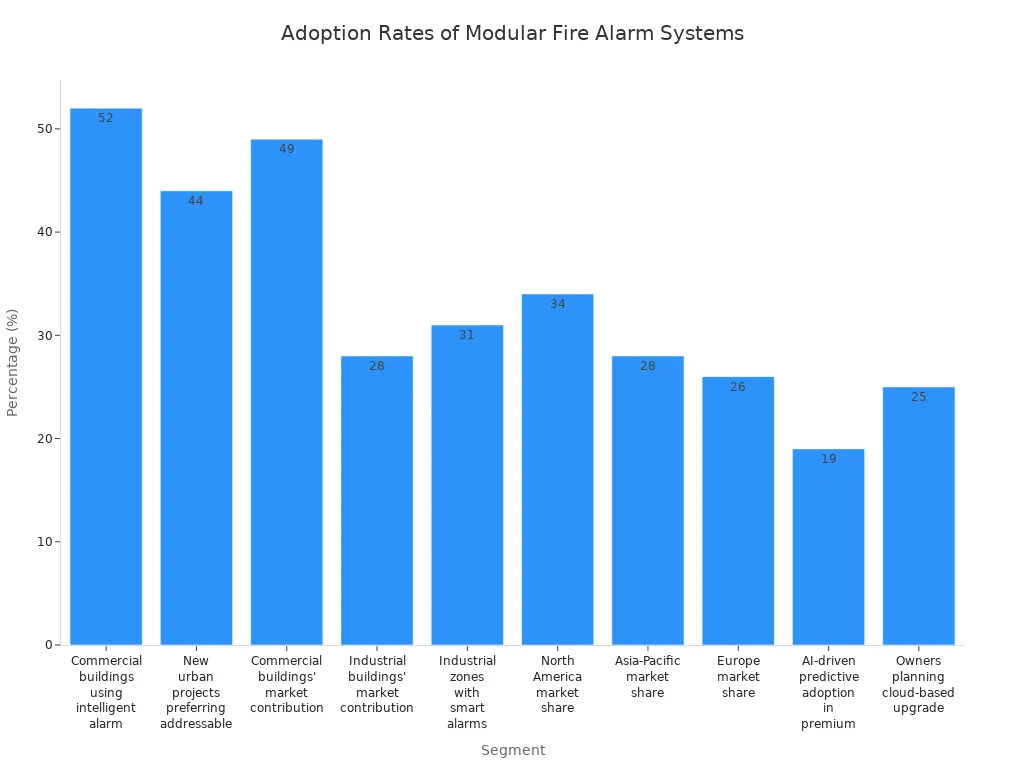
These fire alarm systems lower maintenance costs. They help owners follow new safety rules. Tyee is special because it gives new solutions. These solutions make work easier and keep people and property safe from fire.
Key Takeaways
Modular fire alarm systems can grow with buildings and new tech. This helps save time and money when you upgrade. These systems work with building management tools. They help make safety better and help people respond faster in emergencies. Tyee fire alarm panels use smart sensors and many ways to talk to each other. This gives fast and reliable alerts. Modular design lets you add or change parts without changing the whole system. This keeps buildings safe and up to code. Future fire alarms will use AI, wireless tech, and cloud monitoring. These help find fires early and lower false alarms.
Modular Fire Alarm Systems for Future Needs
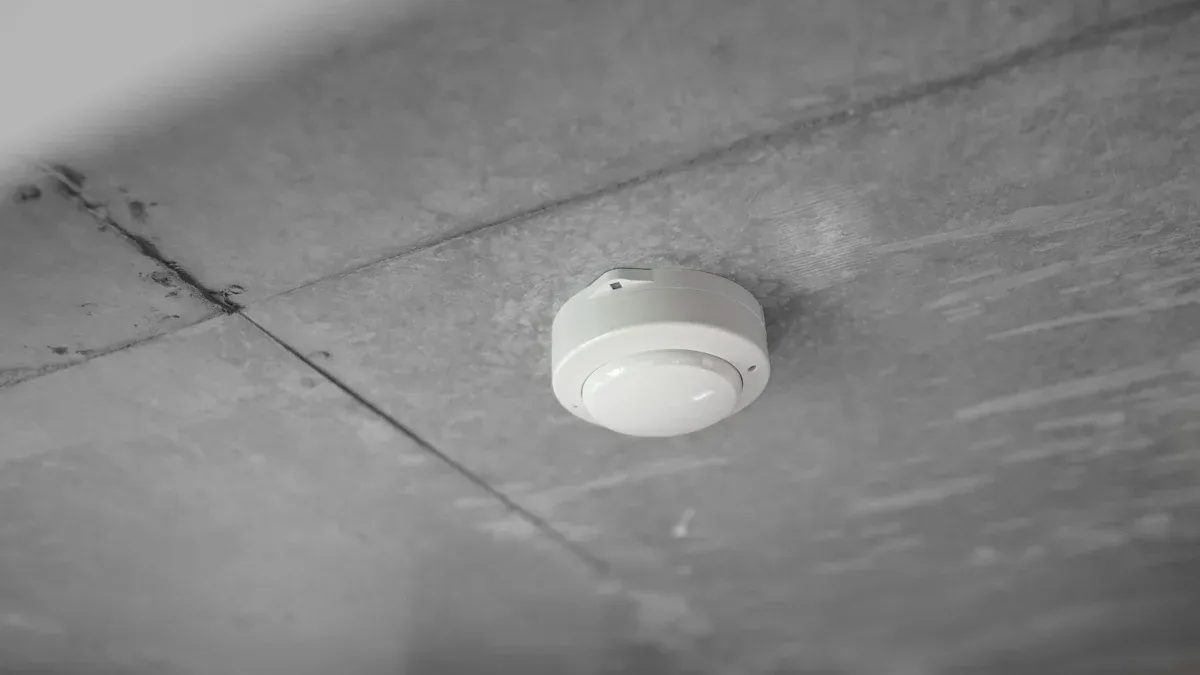
Scalability and Adaptability
Facility managers and building owners deal with many changes. New rules, bigger buildings, and new technology mean systems must keep up. Modular fire alarm systems help with these problems. They let users add or remove parts as needed. For example, if a hospital adds a new wing, the fire alarm system can grow too. New detectors and panels can connect without lots of new wires.
The world market for fire alarms is growing fast. Experts think it will grow 6% each year from 2025 to 2035. The market will go from USD 33.56 billion to USD 60.10 billion. The fire alarm monitor module market will grow even faster. It will grow over 10% each year from 2024 to 2032. This fast growth happens because people learn more about fire safety. Alarm technology is better, and rules are stricter.
Market Segment | CAGR (%) | Time Period | Market Size Growth (USD Billion) |
|---|---|---|---|
Global Fire Alarm and Detection | 6.0 | 2025 – 2035 | 33.56 → 60.10 |
Fire Alarm Monitor Module Market | 10.32 | 2024 – 2032 | 3.92 → 8.6 |
North American Fire Protection | 3.6 | Through 2030 | Projected to reach 37.4 |
Modular fire alarm systems use loop-based wiring. This makes wiring easier and supports many devices on one loop. Each device has its own address. This helps find where a fire starts. These systems work well for buildings that grow in steps. Big places like airports, hospitals, and schools use them. They can add new buildings or floors and connect them to the main system. Hybrid and wireless options help in old buildings or places where wires are hard to run.
Tip: Pick control panels that can handle enough devices for the future. Device-level diagnostics and programmable logic help with repairs and stop false alarms.
Modular fire alarm systems follow new fire safety rules. They meet standards like NFPA 72 and NFPA 2001. Regular checks, maintenance, and staff training keep systems working well. Projects like Marina Heights show how modular systems and smart detectors can get top safety ratings and follow new rules.
Integration with Building Management
Modern buildings use many smart systems. Connecting fire alarm systems with building management systems makes things safer and easier. This lets people watch and control everything from one place. If there is a fire, the system can sound alarms, unlock doors, control elevators, and manage air flow by itself.
Technical requirements for integration include:
Technical Requirement | Details and Specifications |
|---|---|
Voltage Range | 12-30 VDC, compatible with most fire alarm control panels |
Communication Protocols | MODBUS, BACnet, and proprietary protocols for compatibility |
Network Type | Addressable or conventional, identified for proper integration |
Cabling Requirements | Twisted pair or shielded cables for signal integrity |
Relay Modules | 20-30 VDC, interface with HVAC, fire doors, elevator recall |
Regulatory Compliance | NFPA 72, UL 864, and other standards |
Diagnostic Features | Self-diagnosis, fault isolation, loop resistance monitoring |
Communication Robustness | Multi-protocol support, redundant paths |
System Scalability and Redundancy | Handles thousands of alarm points, ensures reliability |
Integration helps emergency teams respond faster. IoT building management systems give real-time data about fires. They show where the fire is, how strong it is, and where people are. Emergency teams get this information before they arrive. This helps them act quickly. Smart traffic systems can clear roads for fire trucks. This cuts down travel time. Buildings with these systems have 35% faster emergency response and 50% better safety for people. Automated evacuation routes, lighting, and door controls help keep track of people. They help reach 90% accountability in the first 10 minutes of an evacuation.
Note: Connecting with building management systems automates many emergency steps. It helps teams work together, stops confusion, and keeps people safe during a fire.
Modular fire alarm systems work with these smart integrations. They use open communication protocols and strong network designs. This means as buildings change, the fire alarm system stays reliable and works well.
Principles of Modular Design
Flexibility in System Architecture
A good fire alarm system uses modular design to stay flexible. Each part works by itself as a module. If a building changes, managers can swap out just one module. They do not need to change the whole system. This helps the system use new detection methods or safety codes. It does not need a full rebuild.
Key ideas that help with flexibility are:
You can add more zones or devices without big changes.
You can replace or upgrade one part at a time.
It is easy to reach parts for upgrades or repairs.
The system works with new technology and safety codes.
There are clear instructions for future upgrades.
The design lets the system change as buildings or rules change.
Experts help plan for what might be needed later.
A flexible system also uses open standards. This lets it work with other building systems. It also helps with digital engineering. For example, a hotel can upgrade its fire alarm system fast. This means less time with no protection. Managers can test new modules early and add them quickly. This keeps the system up to date.
Note: Flexible modular design helps buildings stay safe and follow rules as things change.
Ease of Expansion
Modular fire alarm systems make it easy to grow later. If a building gets bigger, managers can add new modules. They do not have to buy a whole new system. This saves both time and money. The system can handle more zones or sensors when needed.
Some problems can happen during expansion. Old systems may not have new features. There may be limits on how many devices you can add. Sometimes, new parts do not work with old ones. To fix this, people use networked control units and special tools. Careful planning with fire safety experts also helps. These steps make sure everything works together and stays safe.
The table below shows how modular design solves these problems:
Challenge | Modular Solution |
|---|---|
Use adapters and networked modules | |
Add new modules or expand circuits | |
Compatibility issues | Employ migration tools and open standards |
System obsolescence | Upgrade only outdated components |
The modular way makes sure the fire alarm system can grow. It also keeps people safe as needs change.
Key Features of tyee Fire Alarm Panels
Advanced Communication Interfaces
Tyee fire alarm panels use special communication tools to keep buildings safe. These panels can use two networks, NB-IoT and 4G/5G, at the same time. If one network stops working, the other keeps the system online. The wireless design is easy to set up and upgrade later. Sensors use batteries and check themselves often. They send alerts in many ways, like mobile apps, text messages, calls, sirens, and cloud systems. This helps people get alerts fast, even if it is loud or no one is around.
The table below explains how these features work together to make the system safer and more reliable:
Aspect | Description |
|---|---|
Communication Protocols | NB-IoT, 4G, and open protocols for integration with building systems |
Wireless Technology | Battery-powered sensors with continuous self-checks |
Multi-Channel Alerts | Mobile apps, SMS, calls, sirens, and cloud notifications |
Cloud-Based Platform | Real-time monitoring, AI analytics, and predictive maintenance |
Cybersecurity | Enterprise-level encryption and privacy protection |
Standards Compliance | Meets GB50116, EN54, NFPA72, and other certifications |
Self-Diagnostics & Tamper Alerts | Continuous system checks and tamper detection |
Power Resilience | Alarms work during power outages |
These communication tools help the fire alarm panels give early warnings. They also keep the system working well during emergencies.
Smart Detection and Control
Tyee fire alarm panels use smart detection to spot fires early and help manage emergencies. The panels use smoke, heat, and gas sensors to find fire dangers fast and correctly. Each sensor has its own brain and shares information with others. This teamwork cuts down on false alarms and makes sure alerts are real, even if some sensors break.
Some important features of these smart systems are:
The control panel shows what each sensor is doing in real time. This makes testing and handling alarms easy.
Alerts go out quickly with loud sounds and messages to phones or emergency contacts.
People can check the system from anywhere using a phone or computer.
Mapping tools send alerts to the right rooms or people, making warnings more exact.
The system works with other safety devices, like emergency lights or door controls, to help people leave safely.
A simple screen with big icons helps responders act fast. The modular design lets the system grow for bigger or more buildings. Real-time updates show what is happening with sensors and emergencies, helping people evacuate safely.
These smart detection and control features make tyee fire alarm panels a good choice for buildings that need fast warnings, smart sensors, and automatic help during fires.
Comparing Fire Alarm Systems
Modular vs. Conventional
Modular fire alarm systems are easy to upgrade and expand. They work well in places where buildings change or grow. Conventional fire alarm systems use old wiring methods. Each device connects straight to the main panel. This takes more time and costs more for workers.
Here are some main differences between modular and conventional systems:
Addressable systems need less wiring, so they are faster to install.
Conventional systems need a wire for each device, which costs more for labor.
Modular systems cost more at first but save money later with easy fixes and upgrades.
Conventional systems are cheaper at first but cost more to change or add to, especially in big projects.
Addressable systems are good for places that will grow or need many types of fire detectors.
A regular conventional fire alarm control panel costs about USD 100 to USD 250. Addressable panels, which use modular design, cost more—about USD 800 to 1000 for a one-loop panel. Small businesses pick conventional systems because they cost less at first. Big buildings choose modular systems because they are flexible.
Tip: Modular fire alarm systems help commercial buildings stay safe and ready for changes in the future.
Addressable and Non-addressable Options
Addressable fire alarm systems give each device its own address. This makes it easy to find problems and add more devices. Non-addressable systems, called conventional systems, group devices by zone. It takes longer to fix them because workers must check each device to find what is wrong.
The table below shows how the two systems compare:
Aspect | Addressable Fire Alarm Systems | Conventional Fire Alarm Systems |
|---|---|---|
Scalability | Supports many devices on fewer loops; easy to expand | Limited capacity; expansion is complex and wiring intensive |
Maintenance | Quick fault identification; maintenance alerts simplify repairs | Faults found by checking devices individually; more labor needed |
Initial Cost | Higher equipment cost; lower long-term maintenance | Lower equipment cost; higher installation and maintenance costs |
Addressable systems are more flexible for commercial fire alarm needs. They have smart features like self-testing and remote checks. Non-addressable systems work best in small buildings with simple fire safety needs.
Deployment Strategies with tyee Solutions
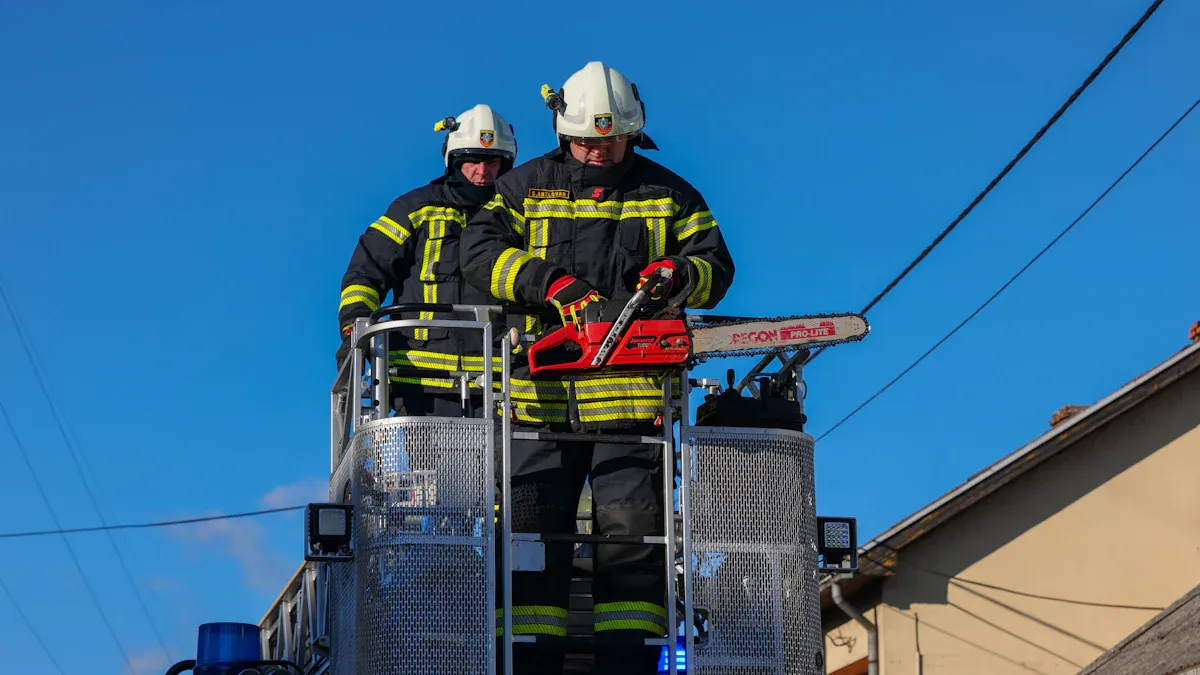
Installation and Maintenance
Tyee has a simple plan for putting in fire alarm systems. Teams first look at the building to find fire dangers. They pick the best spots for detectors. They use addressable systems like the TY2001. This helps find alarms fast and stops false alerts. Installers plan for backup power and strong ways to talk to the system. This keeps it working during emergencies. Modular parts make it easy to add more detectors or panels as the building grows.
For maintenance, teams follow a set schedule. They look at the system every month. Twice a year, they test all alarms. They write down all tests and repairs. Tyee helps customers with training, certified parts, and software updates. The company also gives remote monitoring and IoT analytics. This helps find problems early and makes the system work better. These steps make sure the system follows local and national safety rules.
Tip: Use loop wiring and modular design. This makes setup easy and lets you add more later.
Adaptation to Building Changes
Buildings change as time goes on. Tyee’s fire alarm solutions are easy to upgrade. When a building adds new spaces, teams can connect more modules. They do not need to change the whole system. The Fire Alarm Controller and Emergency Lighting and Evacuation Indication System use modular designs. This keeps costs down and makes the system more reliable as needs change.
Tyee’s systems work with other building controls like HVAC and security. The life safety solution links alarms, lights, and evacuation signs. Remote monitoring lets managers check the system and make changes from anywhere. This flexibility helps the system grow and stay up to date.
Real-World Applications
Tyee’s fire alarm systems work well in many places. In one African market project, tyee worked with local experts. They put in fire alarm controllers and smart evacuation systems. The team changed the system to fit local rules and special needs. The system gave fast detection, strong alerts, and good monitoring, even in tough places.
Hospitals, airports, and schools use tyee’s automatic fire alarm system. It gives quick response and is easy to expand. The Emergency Lighting and Evacuation Indication System helps people leave safely during emergencies. These real-life examples show tyee’s solutions give safety, monitoring, and reliability for any building.
Future Trends in Modular Fire Alarm Systems
AI and Cloud Integration
AI is changing how modular fire alarm systems work. These systems use sensors and AI to find problems early. Predictive maintenance uses AI to spot issues before they get worse. This helps stop breakdowns and saves money. IIoT-enabled sensors check things like voltage and battery health. They also check signal strength. The sensors send this data to the cloud for review. Edge computing looks at signals fast. Cloud-based monitoring keeps data safe and makes reports for managers.
AI-powered systems use digital twins to copy real system actions. This lets staff practice and test new ideas safely. AI can find faults early and cut down on false alarms. It can also help stop missed signals by up to 30%. These smart tools help buildings stay safe and follow rules. They also make it easier for managers to watch everything from one place.
AI-driven analytics help spot fires early and lower false alarms.
IoT platforms let people check and control systems from anywhere.
Cloud-based monitoring shows all systems in real time.
Connecting with building management systems lets alarms work with HVAC, lighting, and security.
Smart tools like AI, IoT, and cloud monitoring make fire safety better. Modular systems now fit many types of buildings and needs.
Wireless and Redundant Technologies
Wireless technology makes modular fire alarm systems easy to set up and grow. These systems use safe radio signals or mesh networks. This means you do not need lots of wires, which saves time and money. Modular wireless parts like smoke detectors and control panels can be added or moved when needed.
Wireless mesh networks give many ways for signals to travel. If one way fails, another path works instead. This backup makes the system stronger. Wireless repeaters help signals reach every part of a big building. Real-time fault checks look for problems and keep the system working well.
NFPA 72 rules say fire alarm systems need at least two ways to send signals. Many systems use both internet and cell networks. This two-path setup keeps the system working if one line stops. Battery backups help if the power goes out.
Note: Wireless and backup technologies make fire alarm systems stronger and easier to use. They also help meet safety rules and lower the risk of system failure.
Modular fire alarm systems are flexible and easy to upgrade. They work well with smart building tools. These systems can grow in steps as buildings get bigger. They help stop false alarms and make buildings safer. Tyee uses AI, IoT, and multi-sensor technology to make systems better and faster. Tyee has done many hard projects and always does good work. Facility managers can count on tyee for expert help and custom fire safety plans.
FAQ
What makes modular fire alarm systems different from traditional systems?
Modular fire alarm systems have separate parts for each job. This setup makes it simple to add or change things later. Traditional systems often need to be replaced if you want changes. Modular systems help save time and money when buildings get updates.
How does tyee ensure system reliability during power outages?
Tyee fire alarm panels have batteries and two ways to send messages. These features keep the system working if the power goes out. The system can send alerts in many ways, so people stay safe all the time.
Can tyee fire alarm systems integrate with other building management systems?
Yes. Tyee systems use open protocols like MODBUS and BACnet. This lets them work with HVAC, security, and lighting controls. Facility managers can watch and control everything from one place.
How often should facility managers schedule maintenance for modular fire alarm systems?
Facility managers should check the system every month and test alarms twice a year. Doing regular checks helps find problems early and keeps the system safe.
Are tyee fire alarm solutions suitable for international projects?
Region | Suitability | Certifications |
|---|---|---|
Africa | ✅ | CE, ISO |
Middle East | ✅ | UL |
Asia-Pacific | ✅ | ISO, CE |
Tyee makes solutions for many places and has worldwide certifications.

